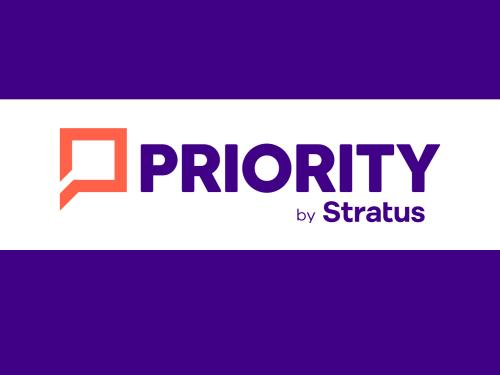Avoiding the Low-Bid Trap through Quality Brand Environment RFP Process
Whether you are the buyer or the bidder, there are always delicate calculations in structuring a successful Service/Maintenance RFP questionnaire or response.

Apples vs Oranges - The best values aren’t always the lowest bid
Whether you are the buyer or the bidder, there are always delicate calculations in structuring a successful Service/Maintenance RFP questionnaire or response. Specifically for reactive or preventive service programs, the challenge on both sides is how to most efficiently meet a wide variety of service needs and budget limitations. While most expenses can be reduced to a handful of cost buckets (hourly labor rates, materials and equipment mark-ups, travel, etc), the labor and equipment resources needed to complete the repairs can vary significantly within a single sign or lighting maintenance program. Ultimately, the best long term service and maintenance relationships will be realized with clear and accurate representations of scope and cost from both buyer and service provider.
If RFP pricing structures are presented in an overly broad or open-ended format, the buyer’s lack of specificity could result in unnecessary costs from a vendor. Overly simplified RFP structures can result in bids that will be “apples versus oranges,” where competing bidders will not include truly comparable costs. Sometimes it’s simply a matter of trying to interpret unclear or undefined expectations.
The key to avoiding unclear comparisons in vendor selection is to set up an RFP structure that effectively defines expectations. This structure should both outline and request all potential costs on the front end, so that the program can be managed efficiently in the future for both the buyer and the vendor. This efficiency will be realized through predefined rate structures and clear service level requirements.
Basing a supplier choice strictly off the low-cost bid with poorly defined SOW is risky for both buyers and bidders. Many bidders are simply trying to present the lowest possible costs for consideration, regardless of the true cost their service will entail. . Often, they are pricing a limited number of cost points, while still accounting for all of their potential costs. Response times, documentation and reporting requirements, and many other factors can influence a service provider's actual cost structure to manage a program. It is important to publish those expectations clearly during the RFP, so that neither party is entering into an asymmetrical agreement.
From the buyer’s perspective the primary concerns are getting the best value for the spend, while limiting the burden of program management on their internal resources, and often using ERP systems with limited flexibility. Having detailed cost information is imperative to making good decisions around service expenditures, otherwise there could be hidden costs that are not easily recognized when reviewing quotes or invoices. IVR systems and detailed sign-off service forms are one way to validate time spent on site by service technicians, however enforcing consistent usage of those tools by field personnel can prove to be difficult for the service provider. Without having this level of structure to monitor field services and relying solely on the low-cost bid can expose the buyer to unexpected charges that ultimately cost the program more money in the long run. The bottom line is that a supplier who cannot cover their costs and ensure profitability cannot successfully manage a program long-term.
An effective RFP process can ensure that the buyer maximizes value with a partner they can count on for the future!
Suggested RFP Considerations:
- Provide technical information on signage and lighting portfolios to be serviced
- Define any OEM material suppliers that are applicable.
- Provide detail on geographic footprint of facilities to be serviced
- Define SLA Expectations - Service response (priority response times), documentation and reporting, quoting and invoicing
- Require cost input for all standard hourly labor rates that apply to your program.
- Offer a reasonable RFI question/response period
- Provide several sample service scenarios to each bidder to price. Samples should cover a range of material, equipment, and labor requirements.
- Offer interview opportunities for bidders to explain the cost structures and considerations.



